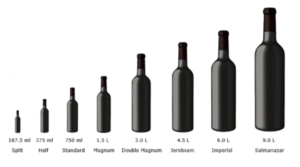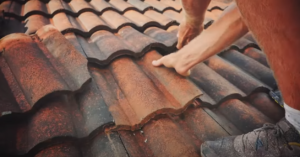Diamond: Where is used?

A diamond stone is a reliable means of preserving capital. Gem number one is involved in two areas: jewelry and investment.
Investments
Invest in high quality pieces that are sold separately.
The most popular is 1 carat. It is considered large, reaching 6.5 mm in diameter. Even diamonds of average quality do not cost less than a few thousand, with the highest characteristics – $ 300 thousand per carat. For copies larger than 0.3 carats, a GIA (Gemological Institute of America) certificate is issued.
Stones in jewelry are considered personal items, depreciate over time, these are only luxury accessories. For them, there is the price of the primary purchase and the secondary sale (20-40% of the prices of stores and 60-80% of companies).
The main price reference point is the Rapaport price list, which is updated and published in New York. It displays not the price of diamonds, but the opinion of experts from the Rapaport corporation. Dealers and all interested parties are guided by it.
Jewelcrafting
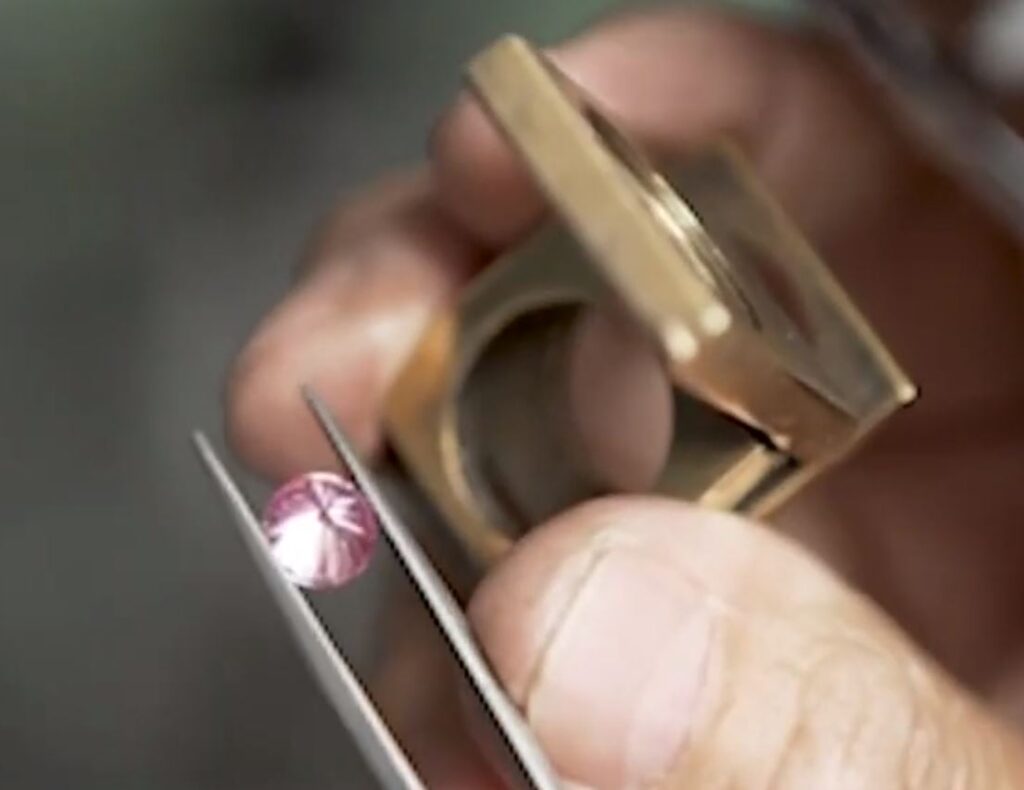
The stones are framed with platinum and white gold. In red, they appear yellowish. The yellow gold setting hides the gem’s imperfections (air bubbles and pollution). Silver jewelry with diamonds requires special care: metal dims from contact with a gem.
Stones with which a diamond is combined in jewelry: garnet, cultured pearls, amethyst, sapphire.
Rule 4C
The price is determined by four characteristics of diamonds (4C rule): cut, clarity, color, carat weight.
The weight. With an increase in weight, the price per carat does not grow in direct proportion: up to 2 carats – by percentage, from 2 carats – in geometric progression.
Are priced: (carat weight) 2 x (carat value) = the price of the stone. The rule is valid up to five carats: a 10-carat copy is a hundred times more expensive than a 1-carat one.
Cut. It is she who makes a diamond a diamond. Only a brilliant cut of 57 facets are allowed: 24 on the pavilion area, the rest on the crown. The stone can be processed with a classic round, oval cut, and others. The round is classified into groups A and B. A – ideal proportions and squares that form a platform. B – stones are elongated in width or height, symmetry is broken.
The type of cut has little effect on the price.
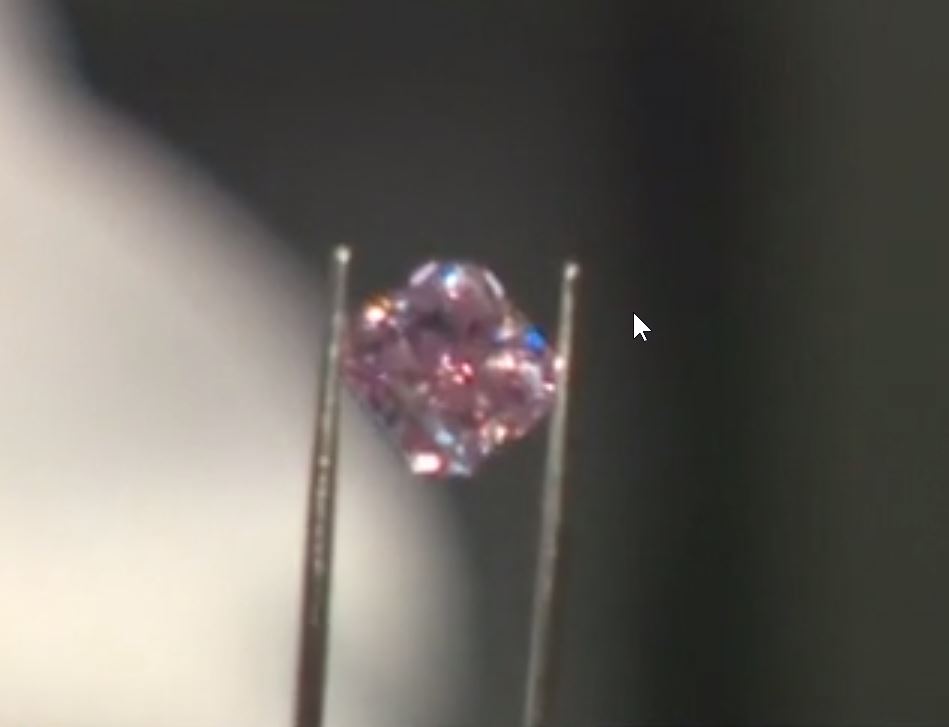
Purity. The fewer inclusions and the smaller they are, the better. At the first levels of gradation, the price increases sharply, for higher indicators – less.
Color. The richer the better. The price rises exponentially, but visually the color gradation is indistinguishable.
Other parameters. The price is influenced by the types of inclusions, the quality of polishing, crystal symmetry, fluorescence.
How to distinguish a fake
For most people, buying is a one-off event in their lives. In order not to get into a mess, take into account the following points. The stones are always supplied with a certificate: GIA (reference), other organizations, or independent licensed appraisers. Diamonds are not “packaged” in cheap metal; the inside of the ring or earring must be branded – Plat or PT (platinum), 18K, 14K or 10K (carat gold). Stamp CZ (cubic zirconium) stands for cubic zirconia.
The stone can be checked at home or in a store:
Breathe on it: the real one will not fog up, condensation may appear on the fake;
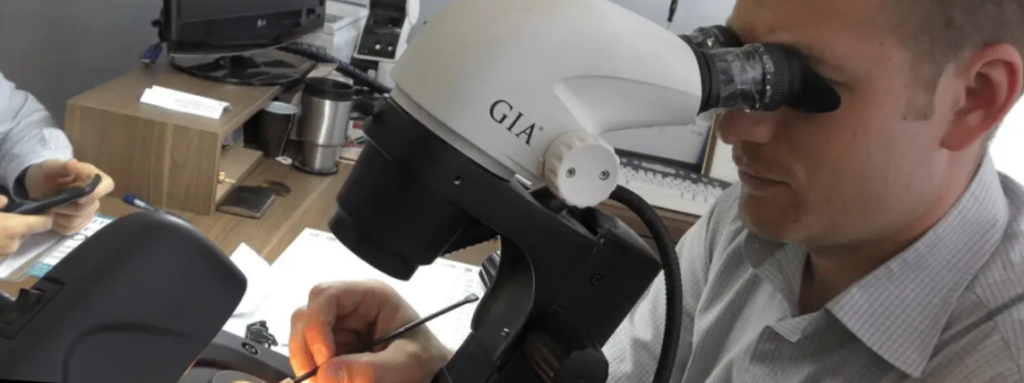
Examine under a magnifying glass: artificial gems are flawlessly even, without inclusions and color changes.
Inclusions occur inside the diamond, but there are no bubbles.
put a pebble on a newspaper: if the text is read through it and the paper is visible, this is an imitation;
Put in a glass: sink, fake floats;
put on a ring and peer at the diamond: the finger will not be visible;
the diamond is cold even in the heat;
oiled natural stone adheres to glass;
Oil stroke: crushed on cubic zirconia, then collected in droplets;
Check with hydrochloric acid: it will stain cubic zirconia, but will not damage natural stone.
Substitutes such as sapphire or artificial spinel can be distinguished from a stone by glycerin, methylene iodide, or water: only a diamond will shine in them. Professionals evaluate stones using diamond testers – devices that identify samples by light transmission speed and the like.
Another article on this blog that might interests you:


